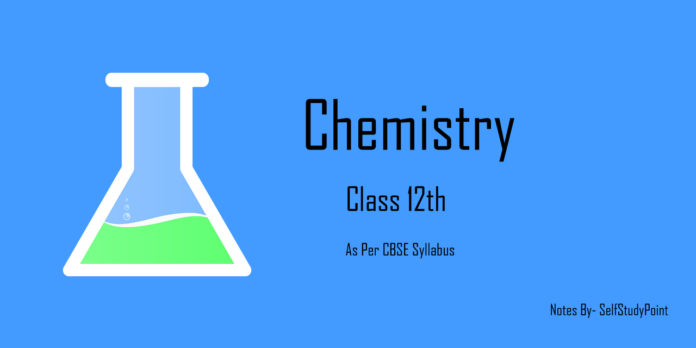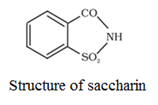
Chemicals are added to food for
- their preservation
- enhancing their appeal, and
- adding nutritive value in them.
Main categories of food additives are as follows:
- Food colours
- Flavours and sweeteners
- Fat emulsifiers and stabilising agents
- Flour improvers – antistaling agents and bleaches
- Antioxidants
- Preservatives
- Nutritional supplements such as minerals, vitamins and amino acids.
Except for chemicals of category (vii), none of the above additives has nutritive value.
Artificial Sweetening Agents
Sucrose and fructose are the most widely used natural sweetners. Since they add to our calorie-intake and promote tooth decay, therefore, many people use artificial sweeteners. For example, saccharin, aspartame, alitame, sucralose, cyclamate and L-glucose.
- Saccharin: It is the most popular artificial sweetener. It is about 400-500 times as sweet as cane sugar.

- Sucrolose: It is a trichloro derivative of sucrose.

Its appearance and taste are like sugar. It is stable at cooking temperature.
- Aspartame: It is the most successful and widely used artificial sweetener. It is roughly 100 times as sweet as cane sugar. It is methyl ester of dipeptide formed from aspartic acid and phenylalanine.

Use of aspartame is limited to cold foods and soft drinks because it is unstable at cooking temperature.
- Alitame: Although it is similar to aspartame but is more stable than aspartame.
- Cyclamate: It is N-cyclohexylsulphamate.
- L-Glucose: Like D-sugars, L-sugars are also sweet in taste but do not provide any energy since our body does not have the enzymes for their metabolism.
Preservatives
- Chemical substances which are used to protect food against bacteria, yeasts and moulds are called preservatives.
- The most commonly used preservative is sodium benzoate.
- Another well-known preservative is sodium or potassium metabisulphite which is used in jams, squashes, pickles etc.
- Its preservative action is due to SO2 which dissolves in water to form sulphurous acid which inhibits the growth of yeasts, moulds and bacteria.
- Salts of propionic acid and sorbic acid are also used as preservatives.

